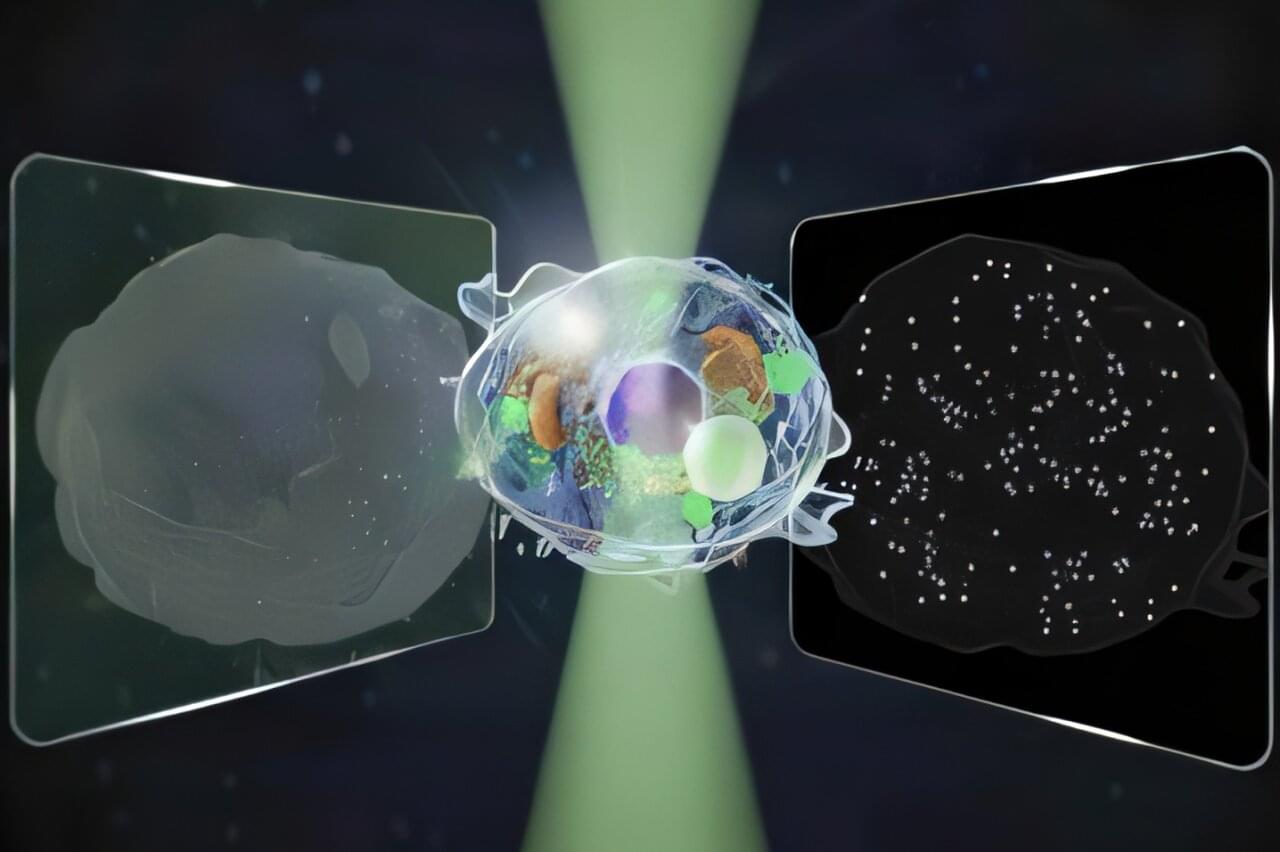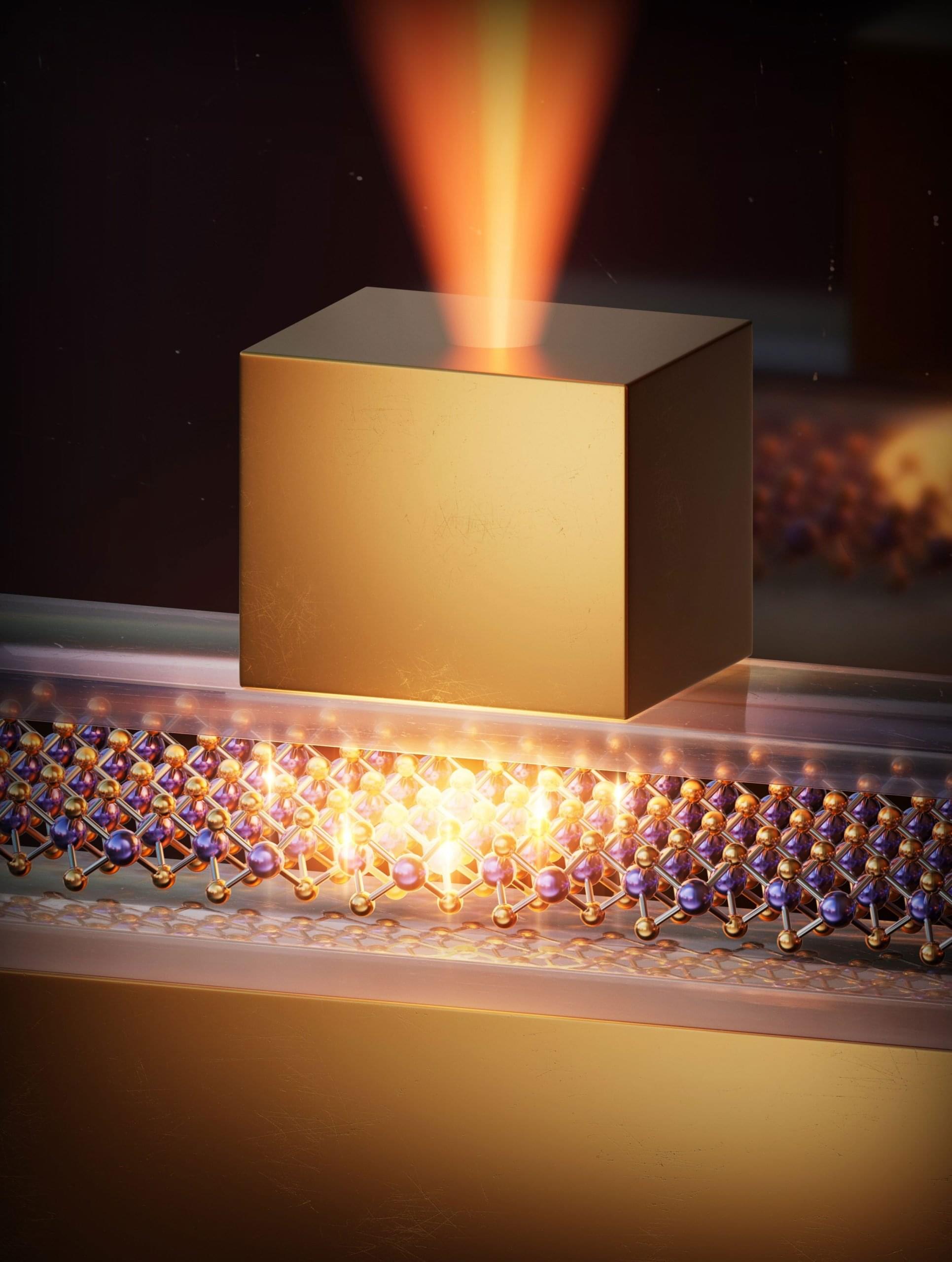Learn how specific intestinal bacteria can produce serotonin, influencing gut health and offering new IBS treatment options.



Join our LONGEVITY and ANTI-AGING Skool Community: https://www.skool.com/youthspan-society-9710/
Timestamps:
00:00 Intro.
00:41 DNA damage and aging.
01:37 Why bowhead whales live so long.
03:13 Cold shock proteins and lifespan.
04:43 Body temperature and longevity.
06:50 Acute cold exposure benefits.
08:10 Takeaway.
100 Health Biomarkers Ranked: https://youtu.be/SgKp5mm0ALI?si=M7YkYo6Lelci7kOQ
Start rewinding your biological clock: https://www.siimland.co/course.
P.S. This is not professional medical advice and should not be taken as such. The creator of this video is not held accountable for your health. Consult your doctor first.

New research finds that dying cells leave a “footprint of death” that guides immune responses — but viruses like influenza can exploit this signaling. The discovery, published in Nature Communications, offers new insight into cell death, viral transmission, and potential drug targets.
New insights into the aftermath of cell death might ultimately inform drug development.

Researchers at the University of California, Irvine and NASA’s Jet Propulsion Laboratory have identified stormlike circulation patterns beneath the Antarctic ice shelves that are causing aggressive melting, with major implications for global sea level rise projections.
In a paper published recently in Nature Geoscience, the scientists say their study is the first to examine ocean-induced ice shelf melting events from a weather timescale of just days versus seasonal or annual timeframes. This enabled them to match “ocean storm” activity with intense ice melt at Thwaites Glacier and Pine Island Glacier in the climate change-threatened Amundsen Sea Embayment in West Antarctica.
The research team relied on climate simulation modeling and moored observation tools to gain 200-meter-resolution pictures of submesoscale ocean features between 1 and 10 kilometers across, tiny in the context of the vast ocean and huge slabs of floating ice in Antarctica.

Multicellular organisms (animals, plants, humans) all have the ability to methylate the cytosine base in their DNA. This process, a type of epigenetic modification, plays an important role in conditions such as cancer and processes such as aging.
In a paper appearing in Nature Genetics, researchers discover that in more “primitive” unicellular organisms, both the adenine and the cytosine bases are methylated. This would suggest that in some ways, these unicellular organisms are more complex than their multicellular peers.
The team also found that methylation of the adenine base was, in the case of many of these unicellular organisms, vital for controlling which genes are switched on, which is important for their viability.
Visions of humanity’s future in space — les johnson — infinite frontiers consulting, LLC.
Les Johnson is a physicist, author, and space technologist (https://www.lesjohnsonauthor.com/) who most recently served as the Chief Technologist at NASA’s George C. Marshall Space Flight Center.
Les is also the Founder of Infinite Frontiers Consulting (https://www.lesjohnsonauthor.com/infi… an aerospace consulting firm dedicated to helping turn innovative space ventures into reality. After decades leading of missions at NASA and collaborating across the industry, Les is excited to work with clients and partners who are pushing boundaries and advancing cutting-edge space technologies.
Over a distinguished career with NASA, Les played a central role in developing advanced space propulsion systems and pioneering technologies designed to expand humanity’s reach beyond Earth orbit. He has led and contributed to multiple interplanetary technology demonstration missions, including work on solar sails, in-space propulsion, and deep-space exploration architectures.
In addition to his NASA career, Les is an accomplished science fiction author and popular science writer, known for making complex space science accessible to broad audiences. His books—both fiction and nonfiction—explore the scientific and philosophical dimensions of humanity’s future in space (https://www.amazon.com/stores/Les-Joh?tag=lifeboatfound-20…).

Researchers combined deep learning with high-resolution physics to create the first Milky Way model that tracks over 100 billion stars individually. Their AI learned how gas behaves after supernovae, removing one of the biggest computational bottlenecks in galactic modeling. The result is a simulation hundreds of times faster than current methods.

Researchers at the University of Tokyo have built a microscope that can detect a signal over an intensity range 14 times wider than conventional microscopes. Moreover, the observations are made label-free, that is, without the use of additional dyes.
This means the method is gentle on cells and adequate for long-term observations, holding potential for testing and quality control applications in the pharmaceutical and biotechnology industries. The findings are published in the journal Nature Communications.
Microscopes have played a pivotal role in the development of science since the 16th century. However, progress has required not only more sensitive and accurate equipment and analysis, but also more specialized ones. Therefore, modern, cutting-edge techniques have had to straddle trade-offs.
